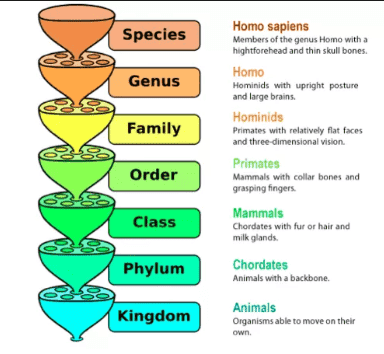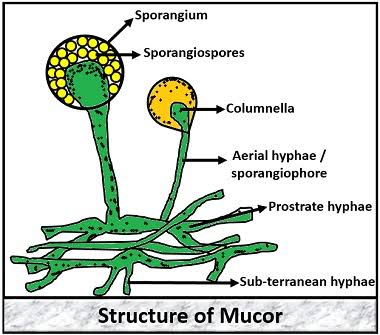Wilt of cotton | Wilt disease of cotton
Wilt of cotton | Wilt disease of cotton
- In India the disease is confined to central part of the country where occur the black cotton soils.
- These soils are heavy clay with pH 7.6-7.8.
- The disease uncommon to rare in light alkaline or long soils.
Wilt of cotton symptoms
- Wilting is characterised by yellowing withering drying of leafs following by drying of entire plant or of some branches.
- Often the disease plant has stunted with smaller leaves.
- Disease plant may be seen as isolated patches in the field.
 |
| Fusarium wilt of cotton |
Wilt of cotton causal organism
- Wilt of cotton is caused by Fusarium oxysporum, Fusarium vasinfectum
- Arial Mycelium white to greyish, white or bluish purple forming a mat on the coller region of stem near the ground lable.
- Hypha are interested as well as intercellular.
- Hypha run across the cells growing rapidly along the inner wall of xylem vessels.
- Conidiospores develops in sporodochia pinnates or even directly on the Mycelium.
- Conidiospores are verticulattery branch producing microconidia.
- Microconidia are elliptic and unicellular 5-12 × 2-3.5 um which are common.
- The disease is soil born and fungus survives on stubbles of disesase plants.
- There is also avidence that this is seed born disease.
- Infection occurs throught roots.
- The fungus enters in 1-3 week old plants and we'll symptoms become visible on 5-6 week old plants.
- Secondary infection by conidia is rare.
Cotton wilt disease Management or control
- Field sanitation
- Crop rotation
- Mixed croping
- Disease resistance varieties
- Amendment of soil with proper amount of nitrogen and potash fertilizer and the micronutrients like zinc then plant will be prevent disease.












0 Comments
If you have any query let me know.